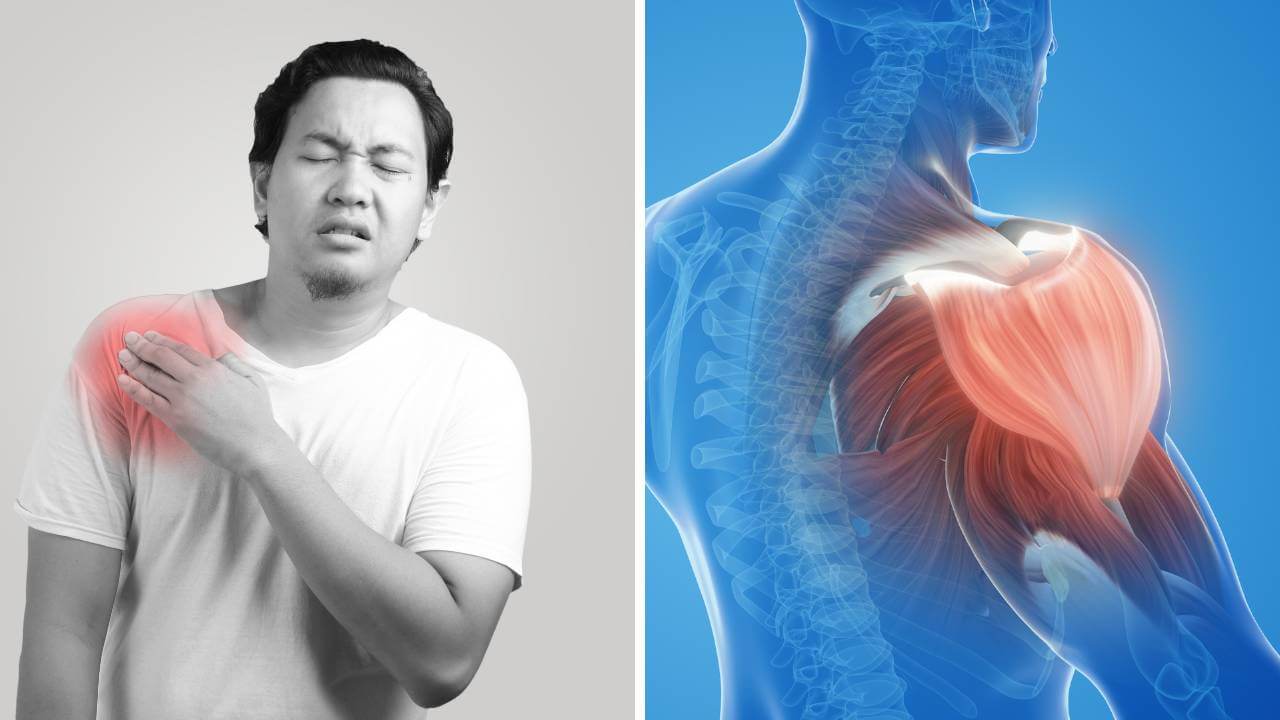Shoulder Arthroscopy Specialist Doctor & Surgeon - Advanced Care & Expertise
Advanced Techniques for Shoulder Arthroscopy Repair and Recovery
What is Shoulder Arthroscopy?
Shoulder arthroscopy is a minimally invasive surgical procedure to diagnose and treat various shoulder conditions. It involves making small incisions and using a tiny camera (arthroscope) to visualize the shoulder joint and perform necessary repairs. This technique offers several benefits, including reduced pain, faster recovery, and smaller scars compared to traditional open surgery.
Symptoms and Conditions Treated with Shoulder Arthroscopy
Common Symptoms of Shoulder Arthroscopy
- Rotator cuff tears
- Shoulder impingement
- Frozen shoulder
- Labral tears
- Shoulder instability
What Causes Shoulder Conditions Treated by Arthroscopy?
-
Rotator Cuff Tears: Often caused by repetitive overhead motions, heavy lifting, or acute injuries. Aging and degeneration can also weaken the tendons, making them more susceptible to tears.
-
Shoulder Impingement typically results from repetitive overhead activities that irritate and inflame the shoulder tendons and bursa, leading to pain and restricted movement.
-
Frozen Shoulder (Adhesive Capsulitis): This condition can occur due to prolonged immobilization, injury, or surgery. It is also more common in individuals with diabetes or thyroid disorders.
-
Labral Tears: Frequently caused by acute trauma, such as a fall on an outstretched arm, or repetitive shoulder motions, often seen in athletes who engage in throwing or overhead sports.
-
Shoulder Instability: Usually results from previous shoulder dislocations, traumatic injuries, or congenital conditions that lead to loose ligaments and chronic shoulder instability.
How is Shoulder Arthroscopy Diagnosed?
Accurate diagnosis is essential for effective treatment of shoulder conditions through arthroscopy. Dr. Shrenik Dharaskar employs a comprehensive diagnostic process that includes:
-
Physical Examination (H3):
- Detailed assessment of shoulder range of motion, strength, and stability
- Evaluation of symptoms such as pain, swelling, and weakness
- Specific tests to identify the source of shoulder issues
-
Medical History Review (H3):
- Discussion of the patient’s medical history, including previous injuries and treatments
- Analysis of lifestyle factors and activities that may contribute to shoulder problems
-
Imaging Tests (H3):
- X-rays: To assess bone structure and identify fractures, bone spurs, or other abnormalities
- Magnetic Resonance Imaging (MRI): Provides detailed images of soft tissues, including tendons, ligaments, and cartilage, helping to detect tears, inflammation, and other issues
- Computed Tomography (CT) Scan: Offers a more detailed view of the shoulder joint and surrounding structures, useful in complex cases
-
Arthroscopic Examination (H3):
- If necessary, a diagnostic arthroscopy may be performed to provide a direct view of the inside of the shoulder joint
- This minimally invasive procedure allows for precise identification of damage or abnormalities not visible through imaging tests
By utilizing these diagnostic methods, Dr. Dharaskar ensures a thorough understanding of the patient’s shoulder condition, enabling the development of a tailored treatment plan. Accurate diagnosis is the first step towards effective treatment and successful recovery.
During Shoulder Arthroscopy Recovery and Rehabilitation
Overview of the Procedure
Shoulder arthroscopy treatment is a minimally invasive surgical technique to diagnose and treat various shoulder conditions. Here’s what you can expect during the procedure
Pre-Surgery Preparation
- Consultation and Assessment: A thorough evaluation by Dr. Shrenik Dharaskar to confirm the need for arthroscopy and discuss the procedure.
- Preoperative Instructions: Guidance on fasting, medications, and other preparations required before surgery.
- Anesthesia: Administration of general anesthesia or regional anesthesia (nerve block) to ensure comfort during the procedure.
The Arthroscopy Procedure
- Small Incisions: Tiny incisions (about the size of a buttonhole) are made around the shoulder joint.
- Insertion of Arthroscope: A small camera (arthroscope) is inserted through one of the incisions to provide a clear view of the shoulder joint on a monitor.
- Diagnosis and Repair: Specialized surgical instruments are inserted through other small incisions to diagnose the issue and perform necessary repairs, such as trimming or repairing torn tissues, removing inflamed tissue, or correcting structural abnormalities.
- Procedure Duration: The procedure typically lasts between 1 to 2 hours, depending on the complexity of the condition being treated.
- Recovery Room: After the procedure, you will be taken to a recovery room, where you will be monitored as the anesthesia wears off.
- Pain Management: Medications will be provided to manage pain and discomfort.
- Postoperative Instructions: Detailed instructions on how to care for your shoulder, including wound care, activity restrictions, and physical therapy exercises.
Benefits of Shoulder Arthroscopy
- Minimally Invasive: Smaller incisions result in less tissue damage and quicker healing.
- Reduced Pain: Less postoperative pain compared to traditional open surgery.
- Faster Recovery: Shorter recovery time, allowing you to return to normal activities sooner.
- Minimal Scarring: Smaller incisions lead to less noticeable scars.
Dr. Shrenik Dharaskar’s expertise in shoulder arthroscopy Surgeon ensures that you receive the highest quality care throughout the entire process, from initial consultation to full recovery. This advanced surgical technique offers a reliable solution for many shoulder conditions, helping you regain function and improve your quality of life.
Why Choose Specialist Doctor for Shoulder Arthroscopy?
Extensive experience in performing shoulder arthroscopy
Advanced training in minimally invasive surgical techniques
High success rate and patient satisfaction
Personalized care and tailored treatment plans
Dr. Dharaskar performed shoulder arthroscopy on my injured shoulder, and the results have been fantastic. His post-surgery care and rehabilitation plan were top-notch, helping me get back to my active lifestyle.
